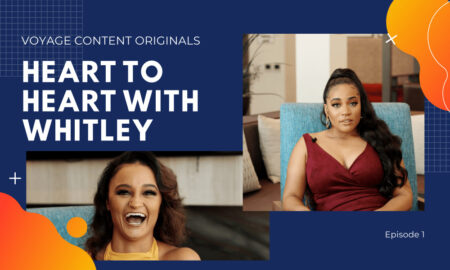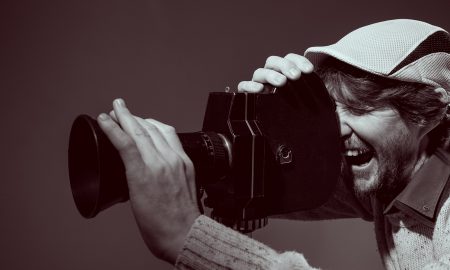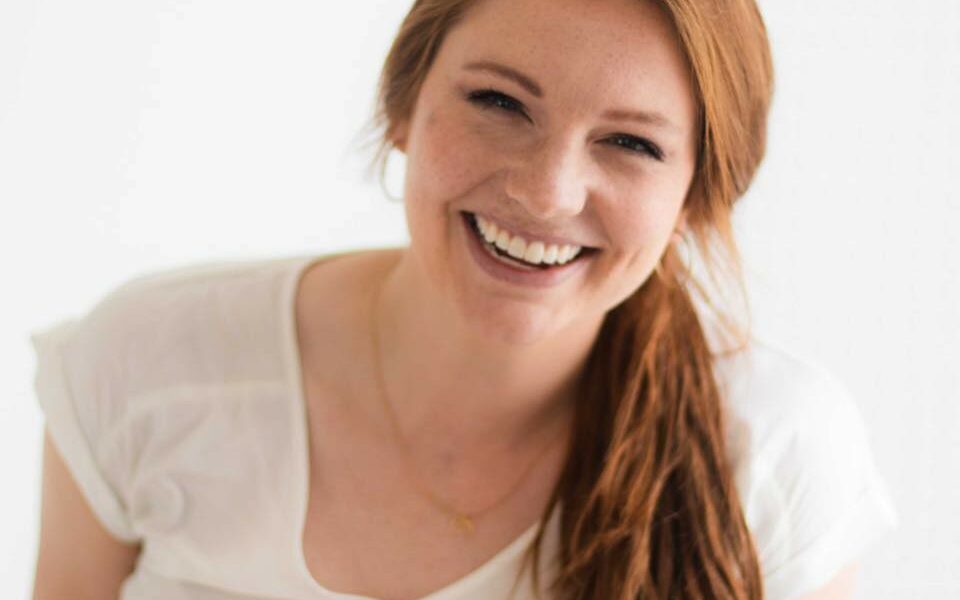

Today we’d like to introduce you to Jenny Nolan.
Thank you so much for sharing your story and insight with our readers. To kick things off, how did you get started?
While earning my Master of Science in Anesthesia from UMKC, I married my wonderful husband, John, in 2016. I hired Claire Forrest (Claire Forrest Films – St. Louis, MO) as my wedding photographer and videographer. I was so moved by how she captured the day, and I cherish the images she captured so much. I wanted to learn to document my life this way, so I asked for a DSLR camera for Christmas and immediately signed up for a beginner’s photography workshop that Claire later hosted. As I began my career as a certified anesthesiologist assistant, I continued to work on my craft as a photographer. I attended workshops, borrowed books, and watched hours of YouTube videos to learn the ins and outs of composition, exposure, and editing. Friends graciously modeled for me on evenings and weekends, letting me experiment with lenses and camera settings. I was living in Southwest Missouri, practicing anesthesia at a large hospital in Springfield, when the COVID-19 pandemic began. As for many people, 2020-2021 were highly challenging years for me, personally and professionally. As an anesthetist, I was experiencing tragedy on a loop. Photography offered me a lifeline during that time. Instead of seeing people on their worst days, when they were scared or in pain, I captured memories of people who felt beautiful, happy and loved. In 2022, my husband and I moved back to the KC metro. I am now truly living my best life, balancing my clinical roles with creative and fulfilling opportunities. I work part-time at two hospitals in the metro and recently joined the UMKC faculty as an adjunct professor. I am still taking on some photo/video projects, focusing mainly on families and brand work for small businesses.
Please talk to us about the challenges and lessons you’ve learned. Looking back, has it been easy or smooth in retrospect?
I joke with my husband that my memoir will be titled “Confessions of an Amateur.” There have been many ventures in my life that I have jumped into without knowledge or experience, and photography was the same. My “day job” afforded me time and resources that I invested in learning, albeit primarily through trial and error. Most photographers I met have been shooting since they were teenagers—many have college degrees in photography and business. I decided to capitalize on their experience and asked to work as their assistant or “second shooter.” Initially, I offered to do this work for little to no money, often spending more on gas than I was paid. But by following seasoned photographers, I could watch how they handled difficult situations, thought about telling the client’s story, and managed the chaos involved with a wedding. I sometimes cringe when I remember these early weddings. I had no idea where to stand, how to interact with a client, what types of photos the lead photographer would want to include in the gallery, or how to properly expose the images in different settings. I am sure I made their work harder, but they continued to let me learn from them. I will forever be grateful for these artists who were more concerned with community than competition.
Let’s switch gears a bit and talk business. What should we know about your work?
Professionally, I am a certified anesthesiologist assistant. I love my career – and only a few know this profession exists! So here are some common questions I get about my day job:
“So, you’re an anesthesiologist?” Nope! Physician anesthesiologists complete (at least) a bachelor’s degree, 4 years of medical school, and 4 years of an anesthesia residency (plus sometimes a fellowship to further specialize their training). I am an anesthesiologist assistant, meaning I always work with a physician anesthesiologist. The doctor and I will review medical records and formulate an anesthetic plan based on the patient’s history and procedure. The physician anesthesiologist is present at every induction (going to sleep), emergence (waking up), and other critical moments during the procedure.
“So, you’re a nurse anesthetist?” Nope! CRNAs (certified registered nurse anesthetists) complete nursing school, work in a critical care setting, and then complete anesthesia school- either a master’s or doctorate, depending on the program. CAAs (certified anesthesiologist assistants) complete a pre-medical bachelor’s degree and then a master’s in anesthesia. While we have different backgrounds and training, these two professions are considered “clinically equivalent.” I work alongside CAAs and CRNAs; our day-to-day responsibilities are the same. As a creative, I specialize in photography – though I am also learning and improving my videography skills. While I used to document many weddings, I’ve recently shifted my focus to families and small businesses. I love helping entrepreneurs because I see my work help other businesses.
What makes you happy?
As an anesthetist, there is a limited amount of delayed gratification. I don’t get to see my patients weeks/months/years later, so while I know that I am helping them – I don’t hear how their procedure or recovery has dramatically improved their quality of life. That’s a big reason I love diving into artistic projects; it gives me a sense of purpose and a ton of fulfillment when I can deliver a product and see a client’s reaction. Traveling also brings me a lot of joy. Researching, planning, dreaming, and finally experiencing new places, food, and people also gives me that happiness that comes with delayed gratification.
Contact Info:
- Website: jennynolansnaps.com
- Instagram: jenny.nolan.snaps
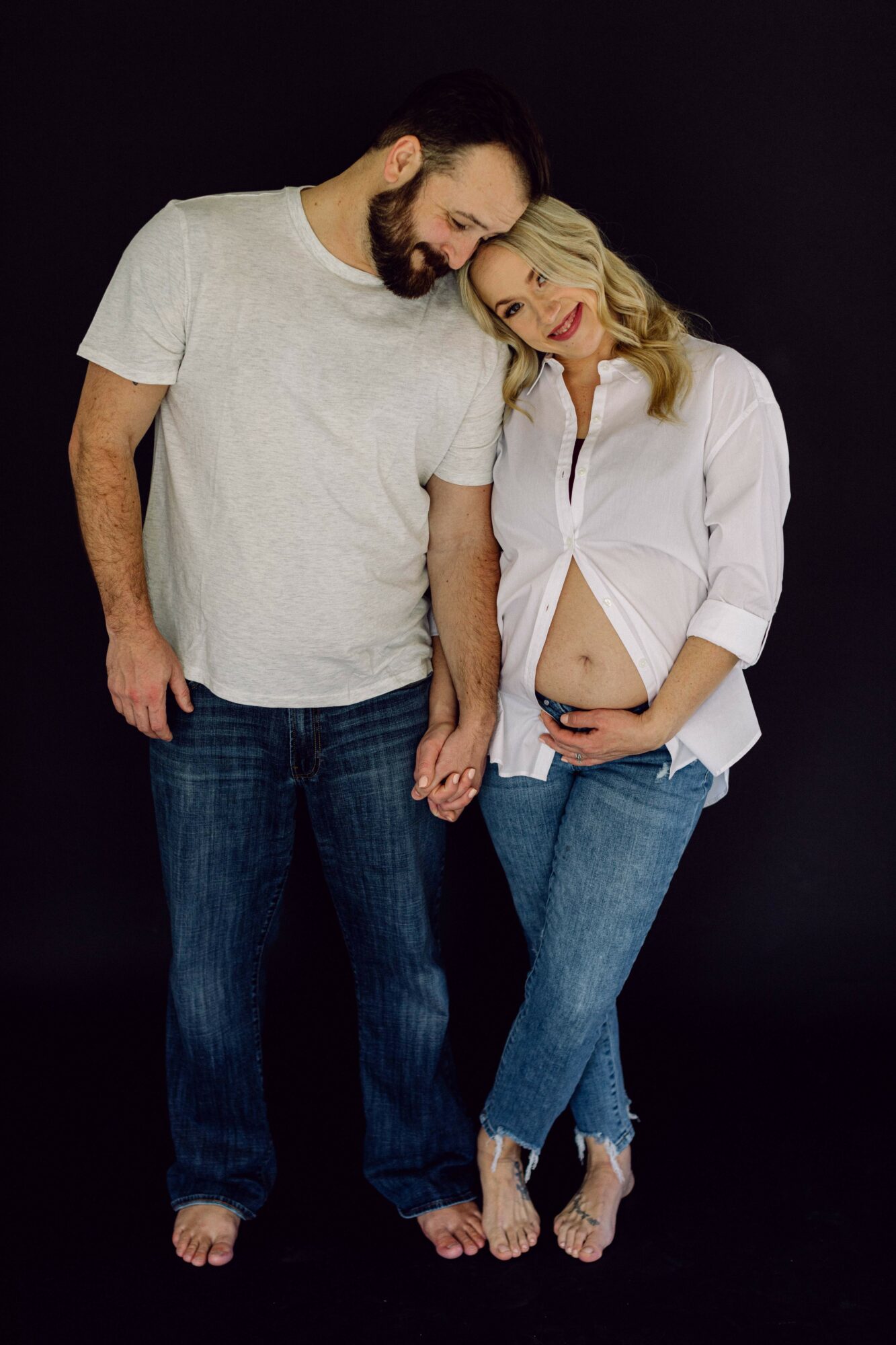


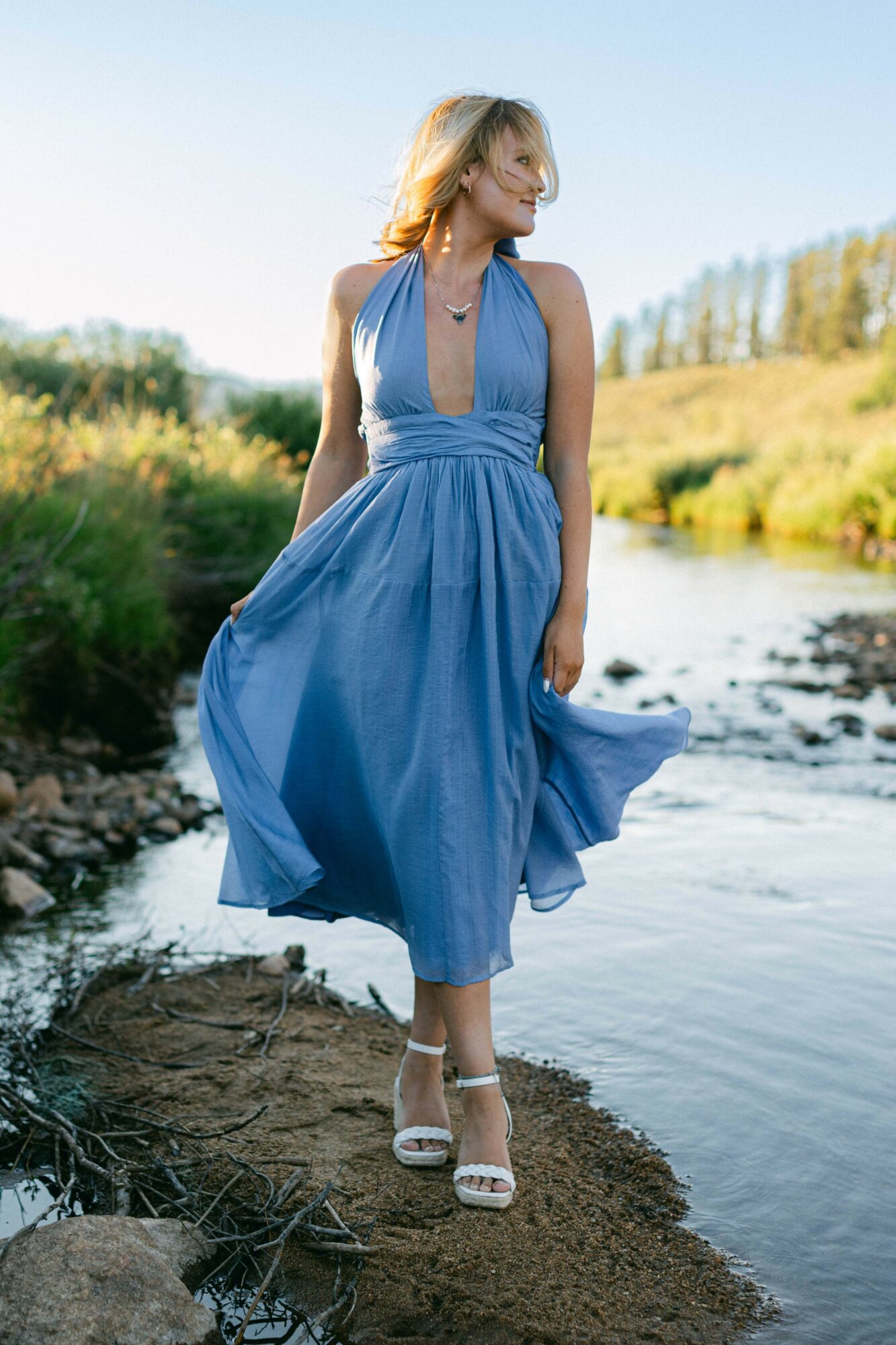
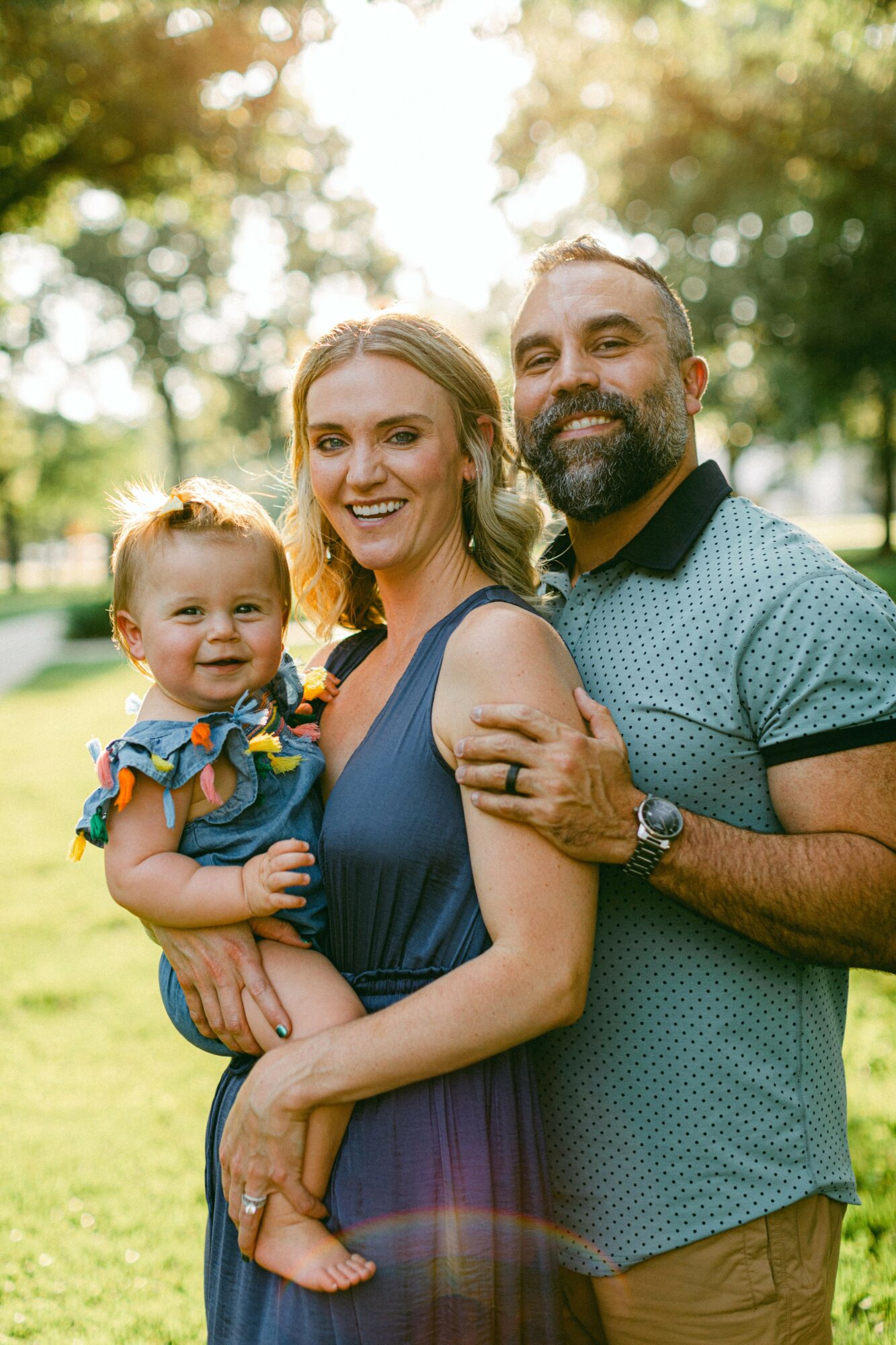
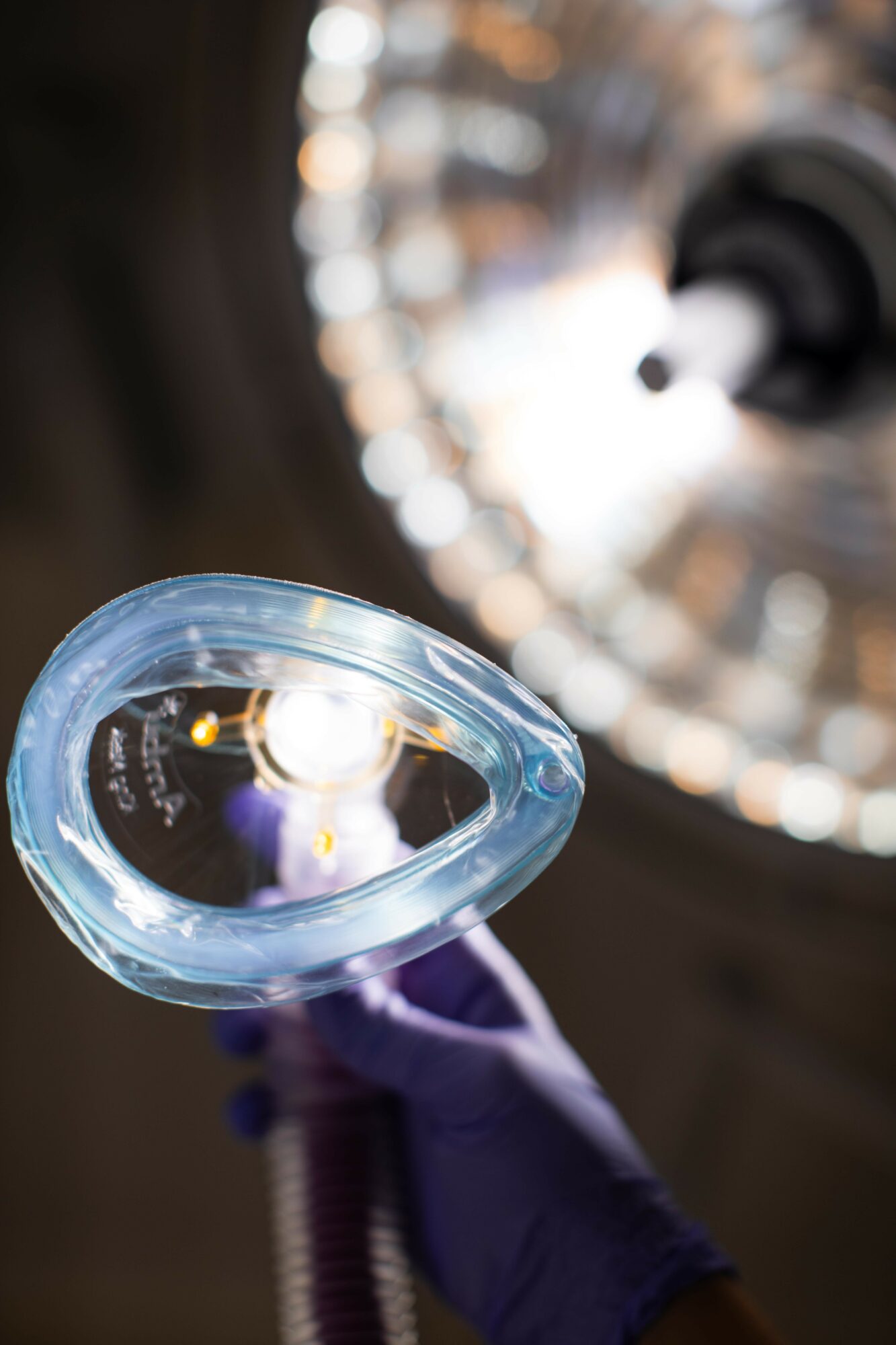
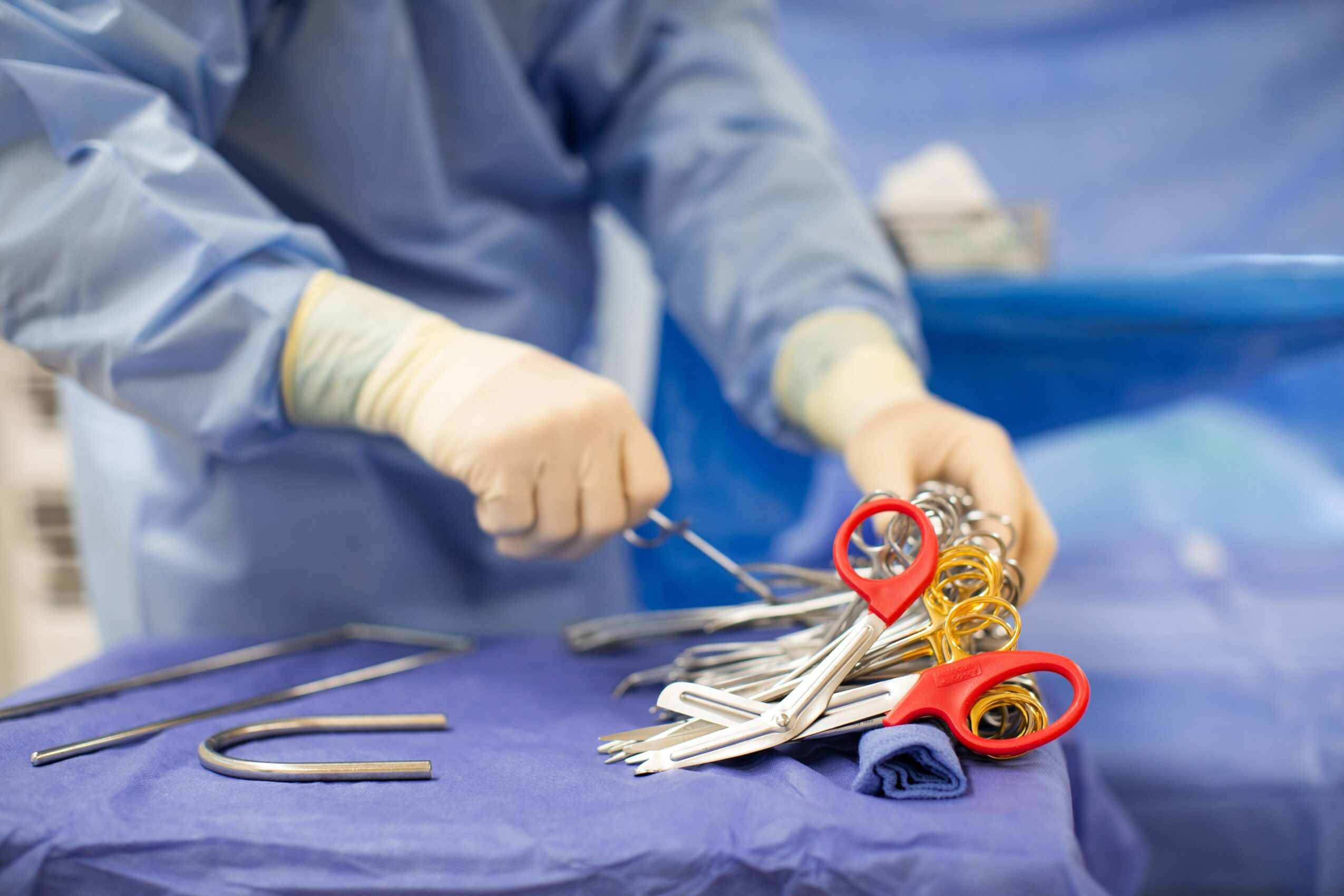

Image Credits
Jenny Nolan




